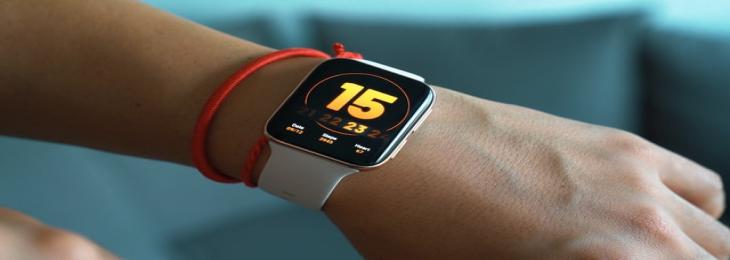
The new products, which are designed to fit each user, might significantly enhance health monitoring and therapy.
Engineers at the University of Arizona have created a "biosymbiotic device," a sort of wearable with numerous novel features. The gadgets are not only custom 3D-printed and based on wearer body scans, but they can also run indefinitely due to a composition of wireless power transmission and portable power storage.
Wearable sensors currently have a number of drawbacks. Smartwatches, for instance, require charging and can only collect a set of data owing to their wrist location. A team of engineers can 3D-print custom-fitted devices that wrap around various parts of the body with 3D scans of a wearer's body, which may be collected by methods such as MRIs, CT scans, and even precisely integrated mobile images. Consider a practically invisible, lightweight, breathable mesh cuff fitted to your bicep, calf, or torso. Researchers can now assess physiological characteristics that they couldn't before because of their ability to focus on sensor placement.
These biosymbiotic devices are extremely sensitive since they are specifically matched to the wearer. The device's ability to measure factors such as temperature and pressure while a person jumped, walked on a treadmill, and used a rowing machine was evaluated by Philip Gutruf, assistant professor of biomedical engineering. Subjects in the rowing machine study wore several sensors that tracked workout intensity and muscle deformation in precise detail. The devices were precise enough to identify variations in body temperature caused by a single set of stairs.
Patches that attach to the skin but come off as the skin sheds or when person sweats are among the wearables tested by researchers. These problems affect even the most advanced wearables used in health settings, such as ECG monitors. They're also not wireless, which greatly restricts mobility. Patients who are connected to heavy external equipment are unable to go about their everyday routines.
The biosymbiotic device developed by Gutruf's team does not require any glue and is powered by a wireless system with a frequency of several meters. The device also has a compact energy storage unit that allows it to work even if the user leaves the system's coverage, such as outside the house.






